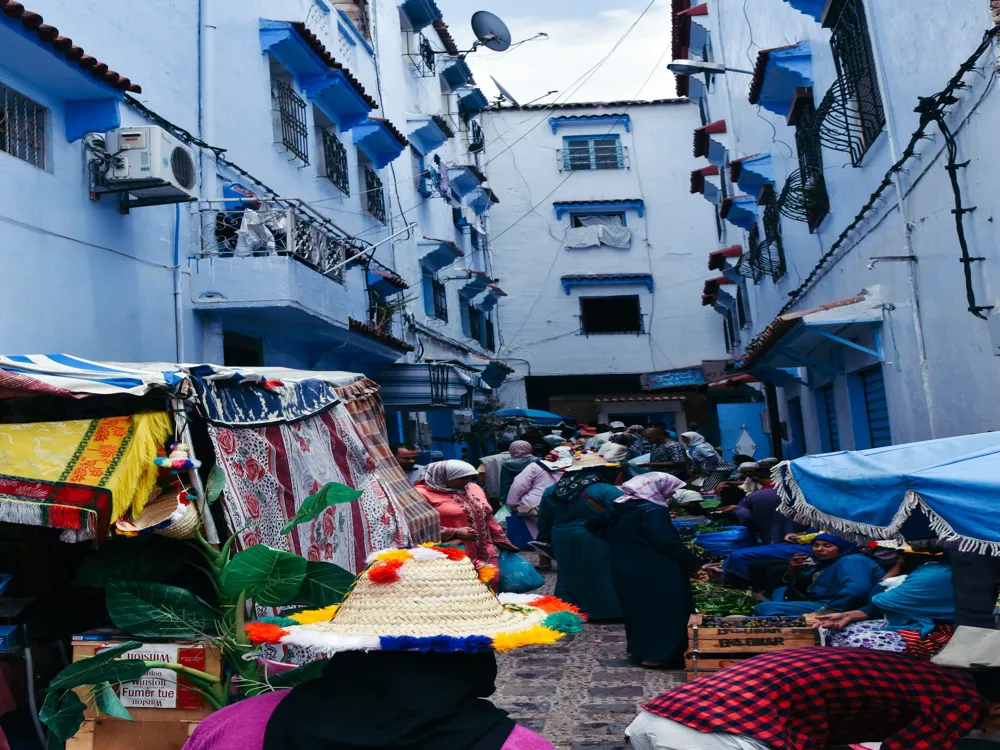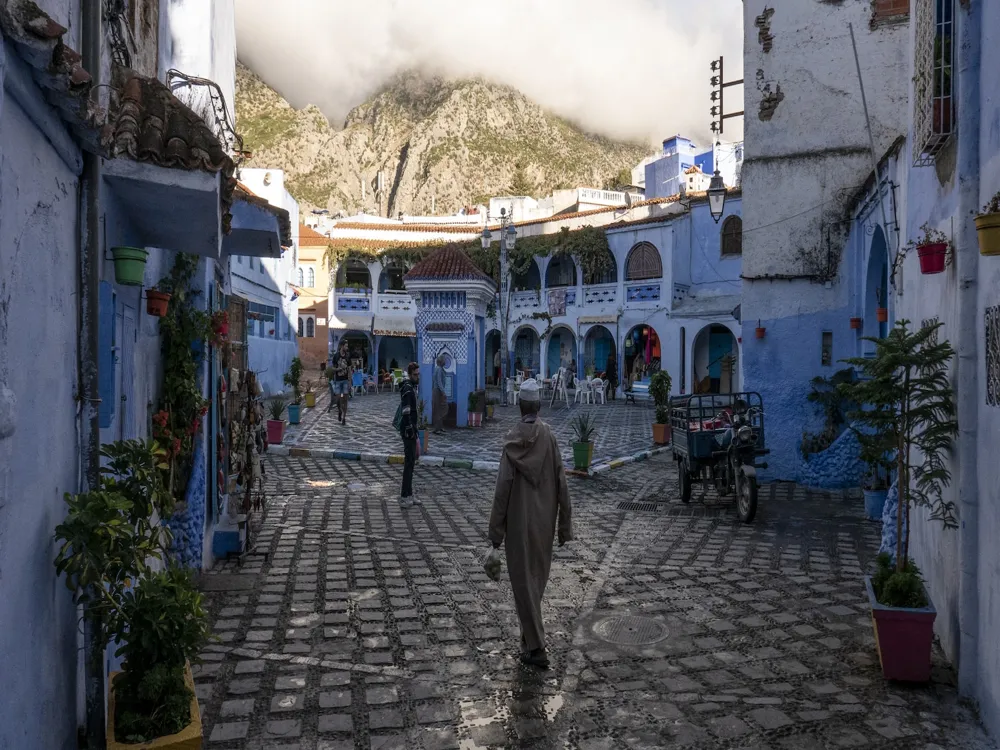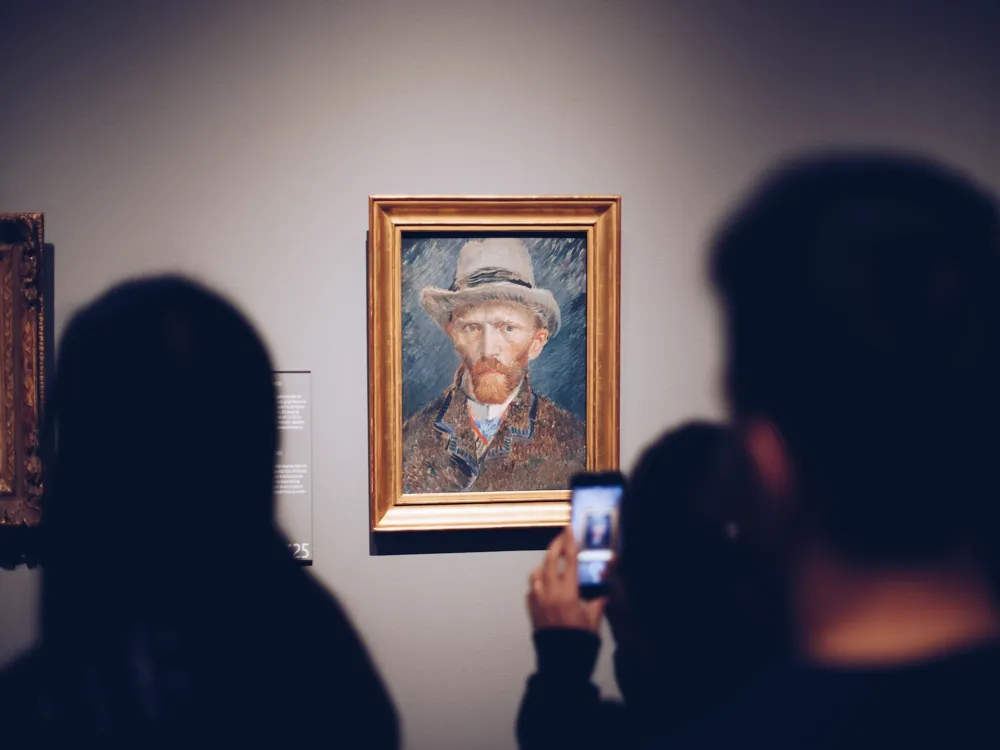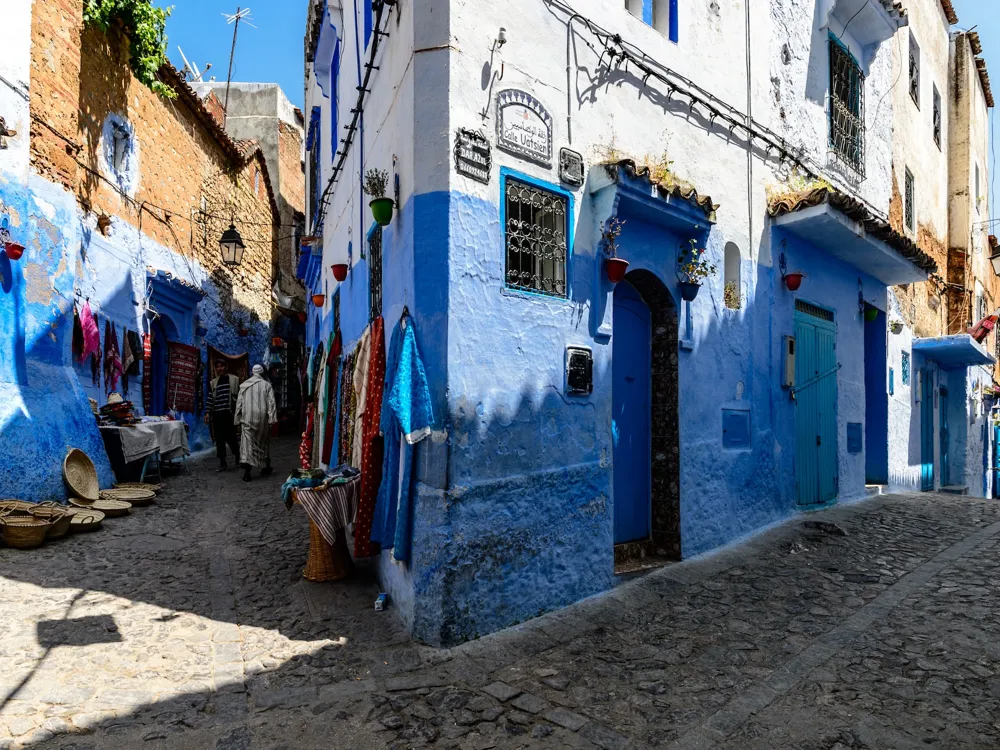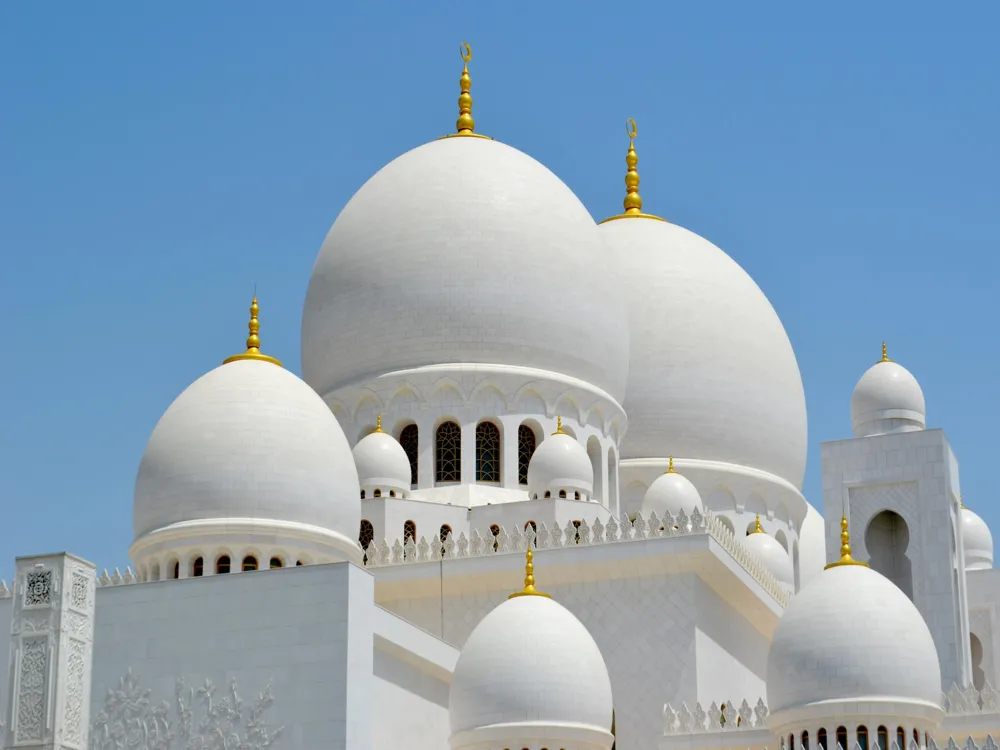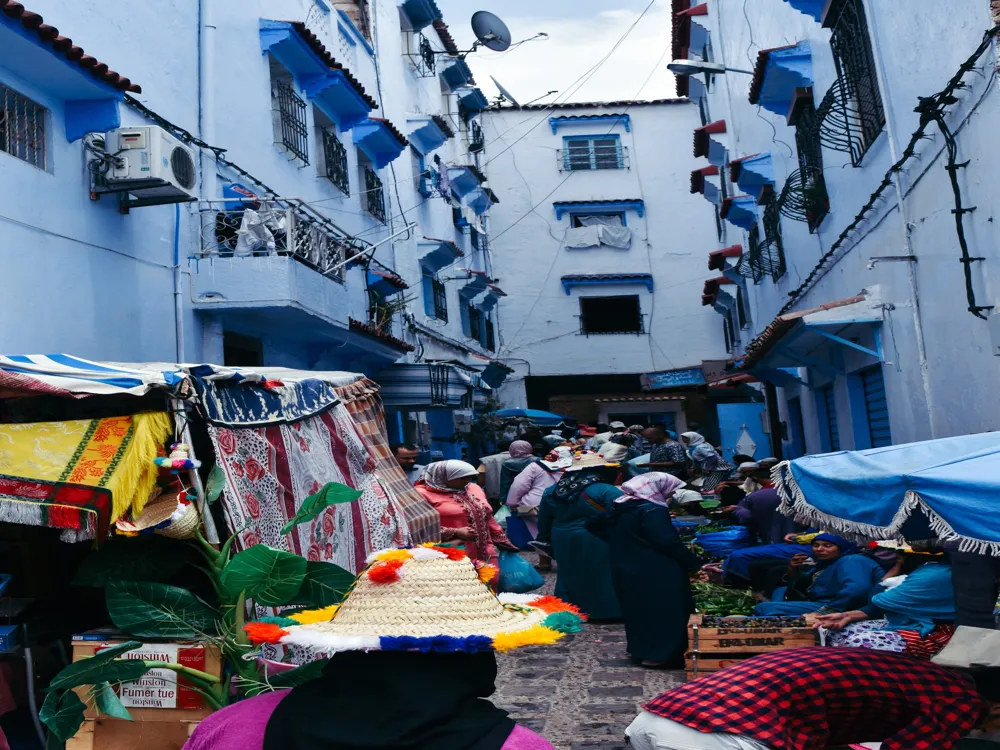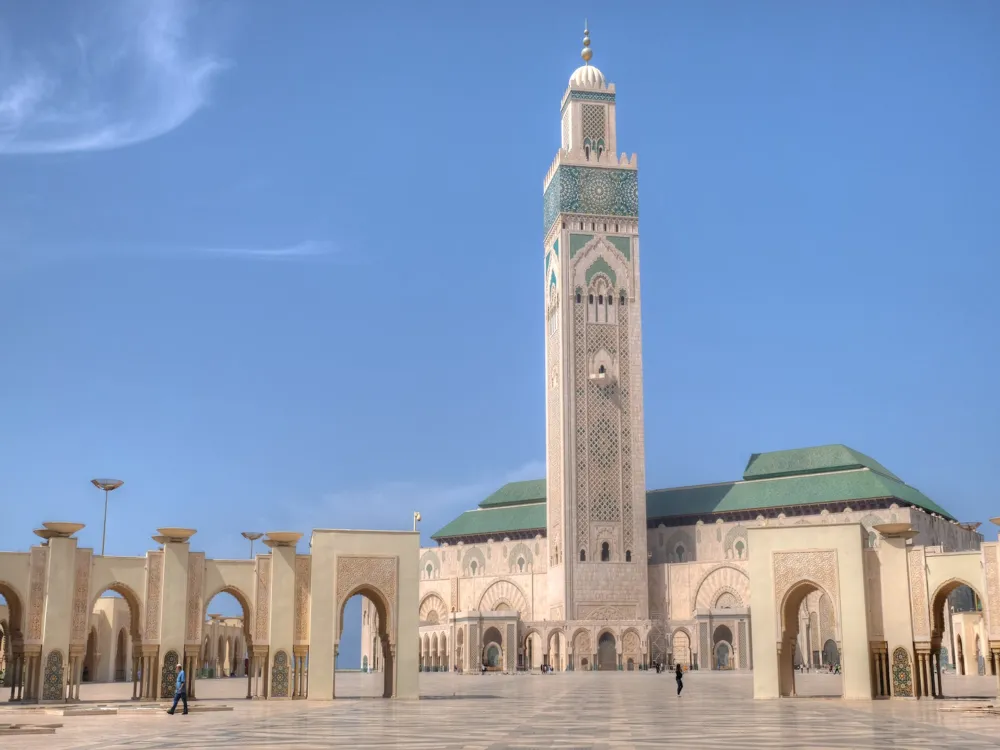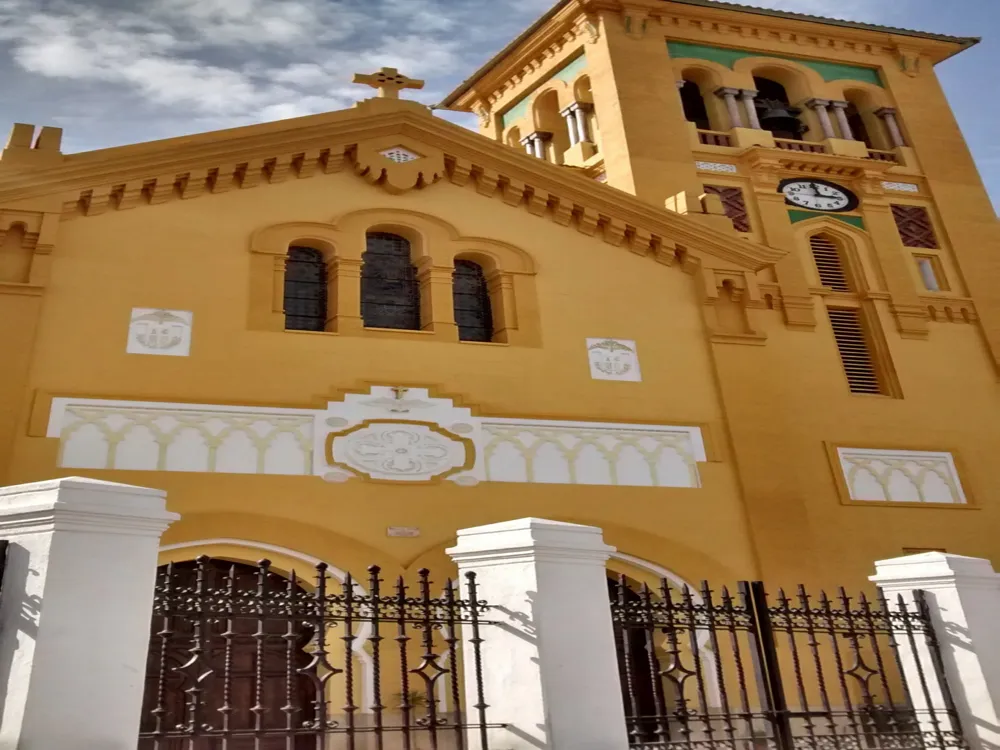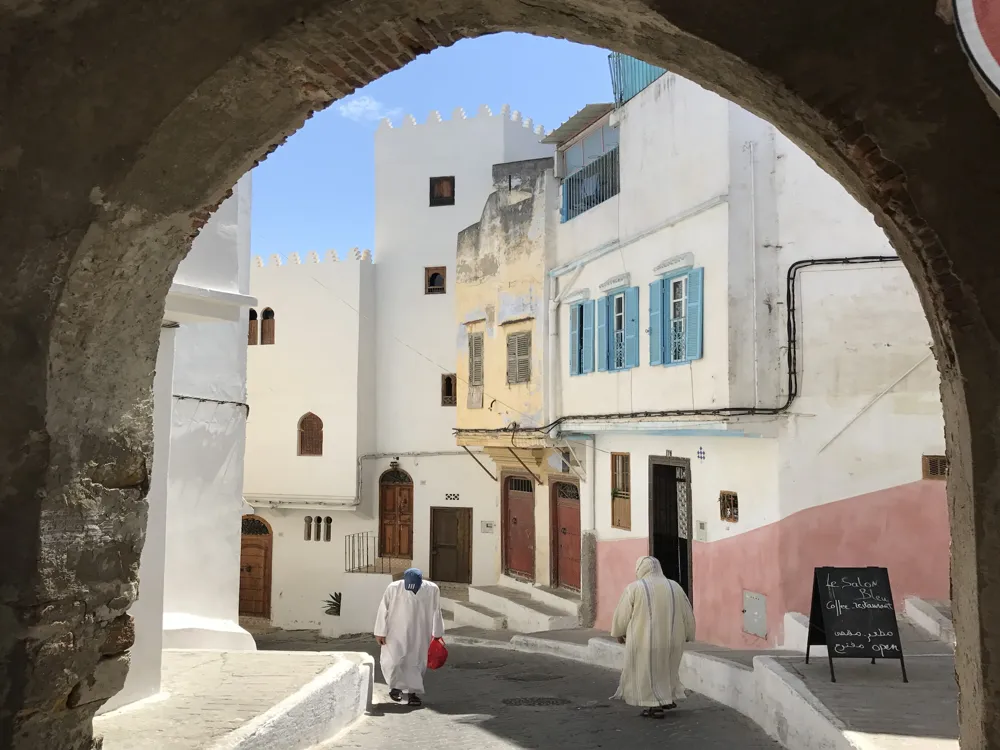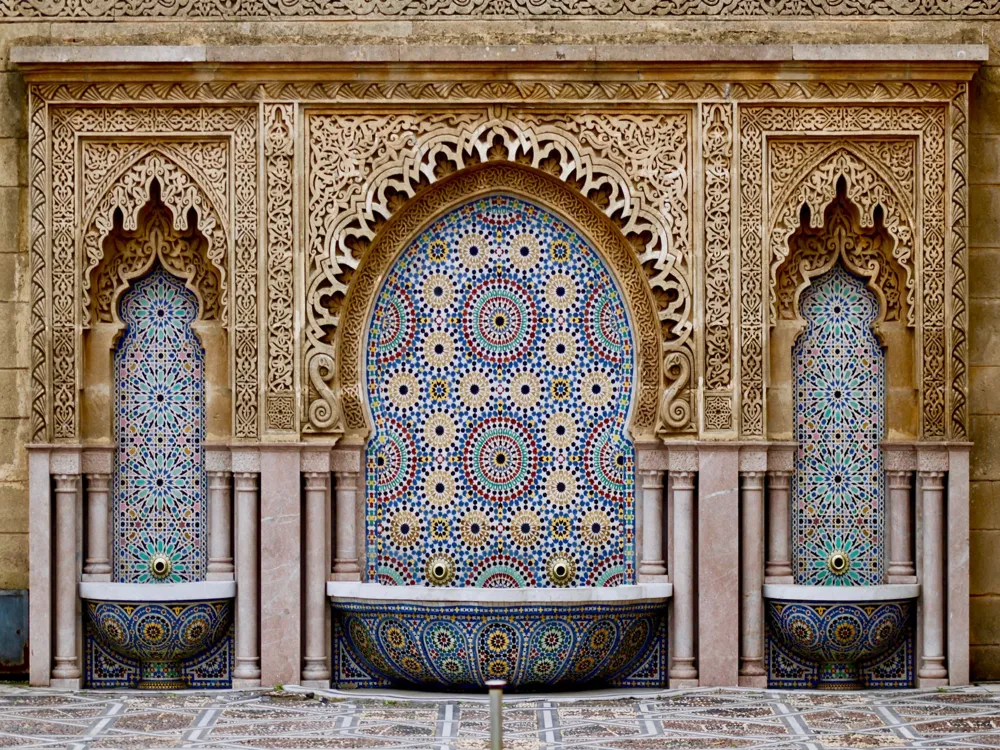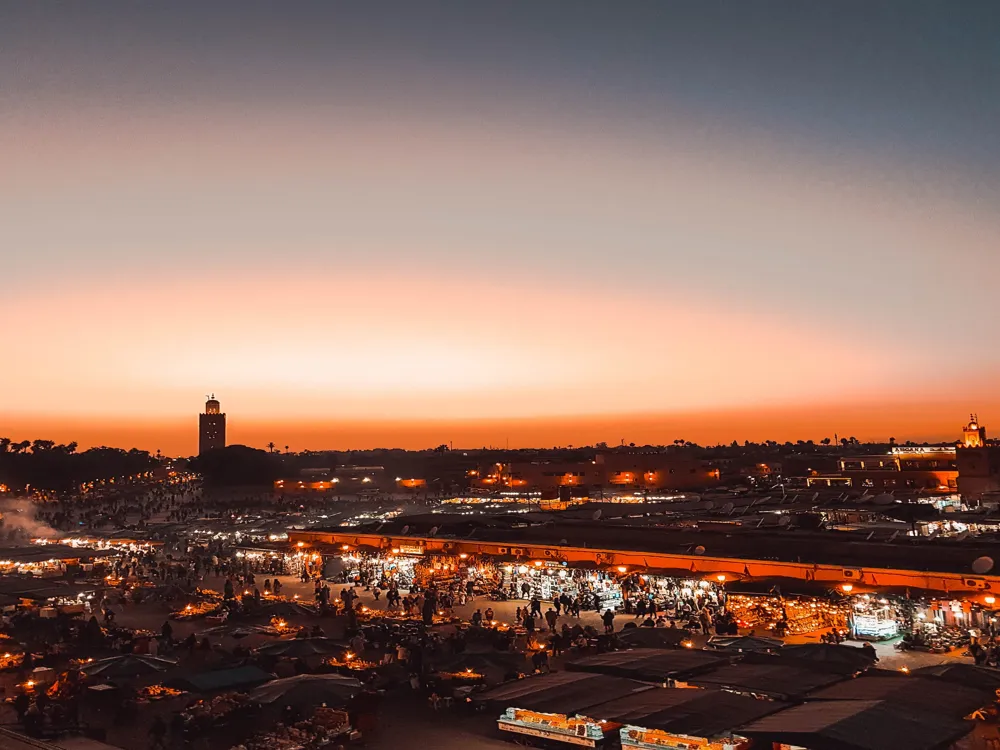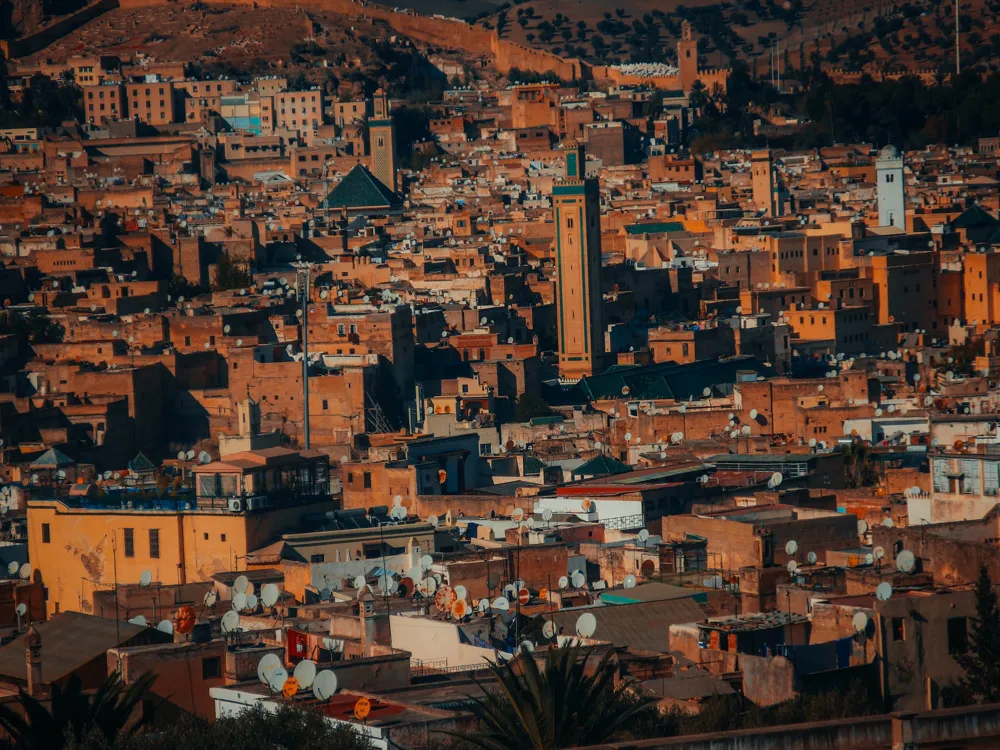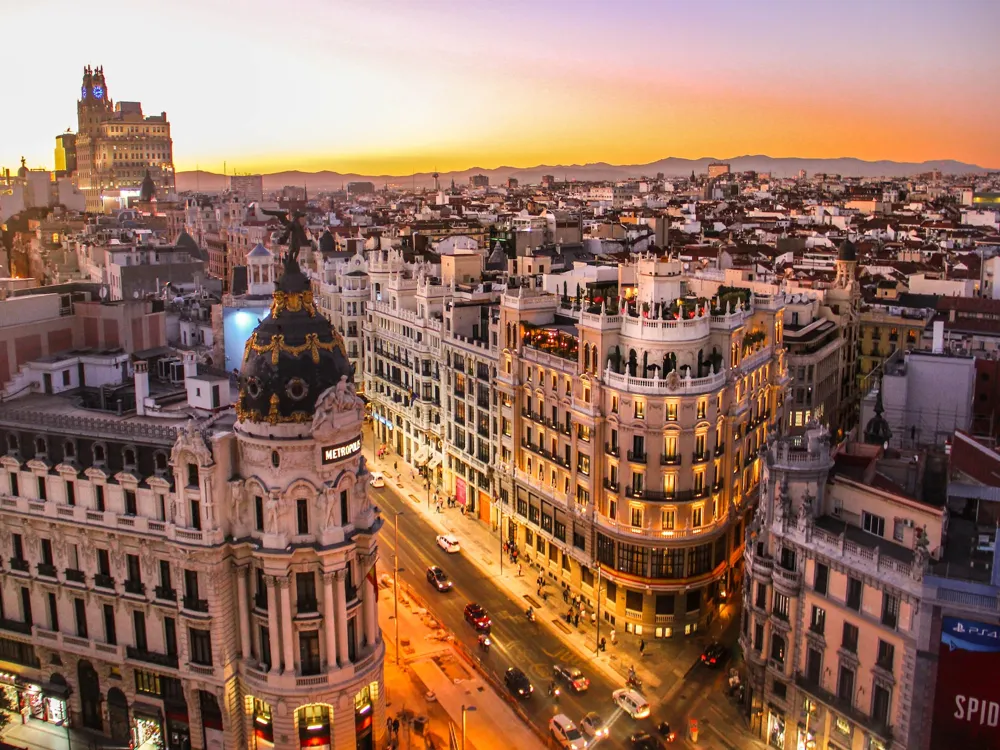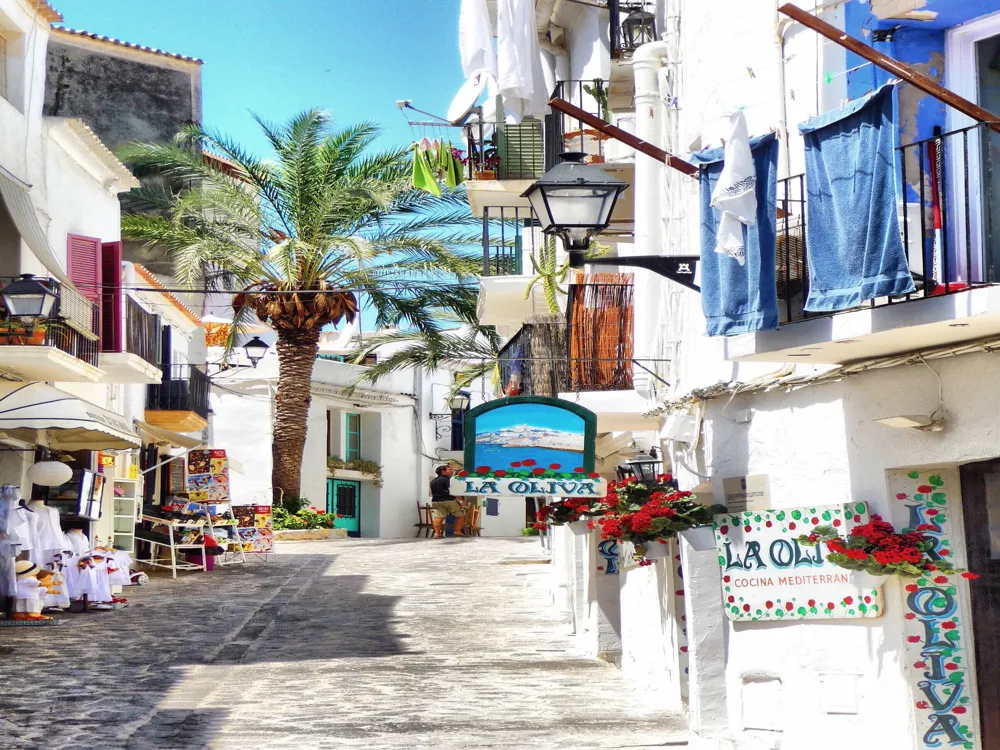Chefchaouen, often known as the Blue Pearl of Morocco, is famous for its blue-painted streets that create a serene and visually stunning atmosphere. This quaint city nestled in the Rif Mountains is not only a photographer's paradise but also offers a glimpse into a unique cultural heritage, with its architecture reflecting Andalusian and Moorish influences. The architecture of Chefchaouen is a delightful blend of Moroccan and Andalusian styles, characterized by whitewashed buildings with vibrant blue accents. The blue color, originally used by Jewish refugees to symbolize the sky and heaven, now adorns the city's alleyways, steps, and buildings, creating a calming effect and a spectacular visual appeal. The best time to visit Chefchaouen is during spring (April to June) or autumn (September to November) when the weather is pleasant, and the city is less crowded. While exploring, be mindful of local customs and traditions. Dress modestly, and always ask for permission before taking photos of the residents. To avoid crowds and capture the best light for photographs, explore Chefchaouen early in the morning or later in the afternoon. Chefchaouen is accessible by bus from major cities like Tangier, Fez, and Casablanca. The closest airport is in Tangier, from where you can take a bus or hire a taxi to Chefchaouen. Once in the city, the blue streets are best explored on foot, allowing you to fully immerse in the tranquil beauty of the blue city. Read More:Overview for Chefchaouen Blue Streets
Architecture of Chefchaouen Blue Streets
Tips When Visiting Chefchaouen Blue Streets
Best Time to Visit
Respect Local Customs
Explore Early or Late
How To Reach Chefchaouen Blue Streets
Chefchaouen Blue Streets
Chefchaouen
NaN onwards
View chefchaouen Packages
Chefchaouen Travel Packages
View All Packages For Chefchaouen
Top Hotel Collections for Chefchaouen

Private Pool

Luxury Hotels

5-Star Hotels

Pet Friendly
Top Hotels Near Chefchaouen
Other Top Ranking Places In Chefchaouen
View All Places To Visit In chefchaouen
View chefchaouen Packages
Chefchaouen Travel Packages
View All Packages For Chefchaouen
Top Hotel Collections for Chefchaouen

Private Pool

Luxury Hotels

5-Star Hotels

Pet Friendly





